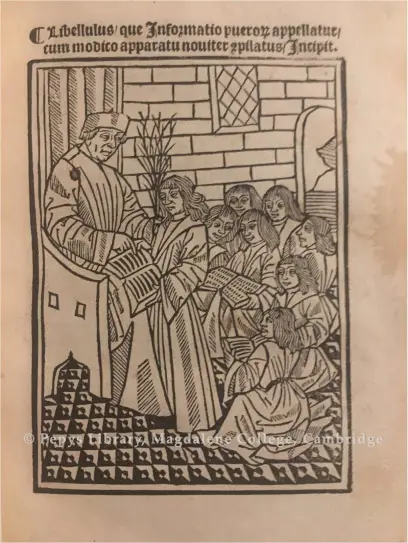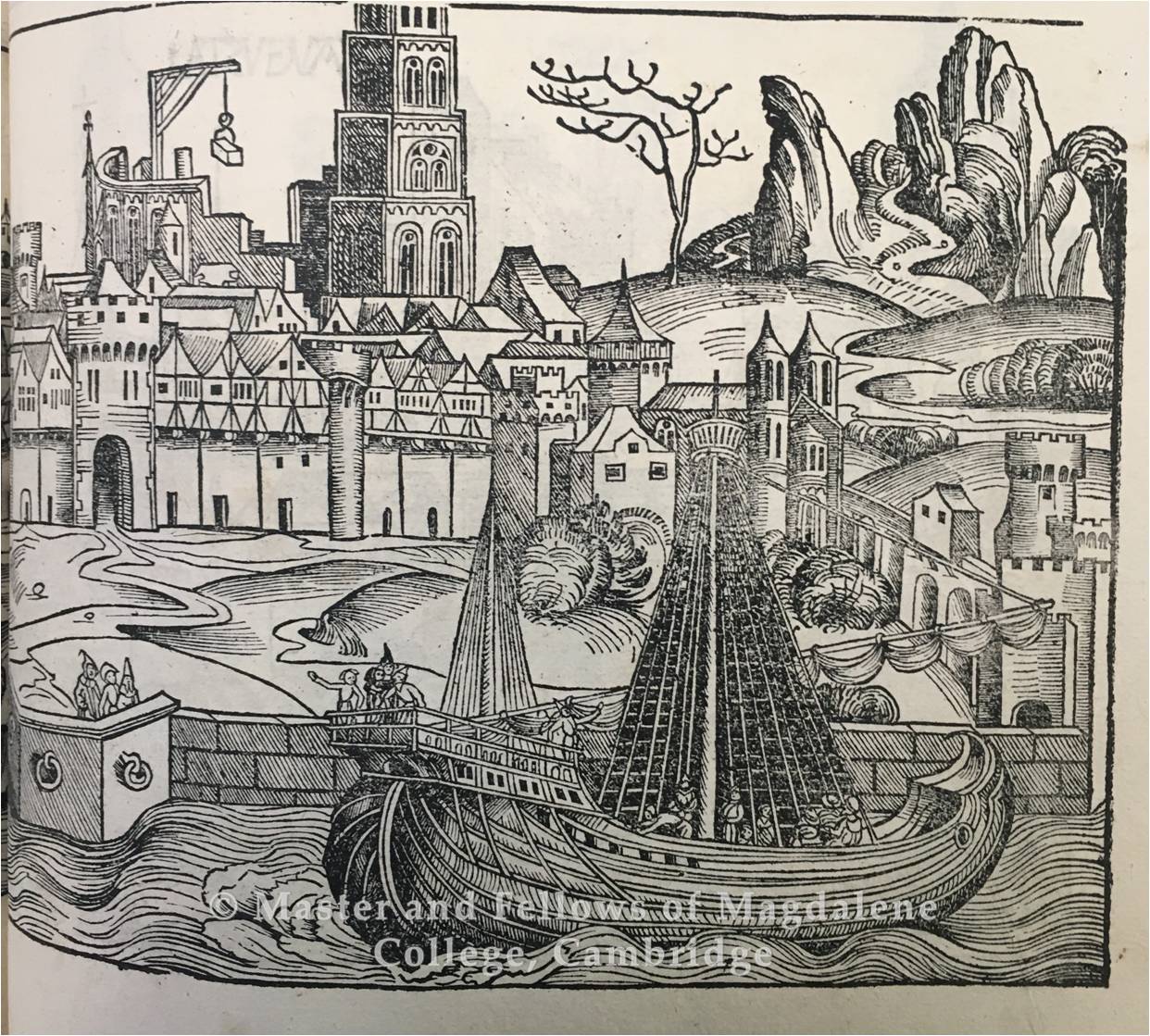Library and Archives
Incunabula Season
The Old Library and the Pepys Library are pleased to announce our ‘Incunabula Season’, which will comprise a series of blog posts, a small exhibition in the Old Library, and a special announcement regarding the completion of an incunabula-related project at Magdalene.
In the Pepys and Old Libraries of Magdalene there are forty two incunabula (books printed before 1501) and three identifiable incunabula fragments.
Incunabula means ‘cradles’, or ‘swaddling clothes’, in Latin. In 1639, a noted bibliophile in Germany called Bernhard von Mallinckrodt coined the phrase ‘prima typographicae incunabula’ (‘the first infancy of printing’) to refer to printing before 1500. David McKitterick notes that the term was in the nineteenth century ‘adopted widely by institutional libraries’ and ‘remains one of the strongest and most influential today, despite the fact it is a manifestly artificial one when considering how the book trade and reading developed.’
The most famous incunable is the Gutenberg Bible, produced in Mainz by Johannes Gutenberg in the mid fifteenth century. Sadly, Magdalene does not have a Gutenberg Bible hiding away in its collections, but nevertheless the College has a varied and interesting collection of early printed books.
Looking at Pepys’s collection of twenty nine incunabula and incunabula fragments, all but two were printed in England. Seven of the group are Latin grammars which were texts designed for use in schools. Some of them seem to have seen active use prior to Pepys’s ownership, as evidenced by underlinings and notes made on some of the pages. Perhaps due to their heavy use as educational texts, some of these surviving grammars are very rare. For example, the Pepys Library holds the only known copy of the Latin Grammar Libbellulus printed by Richard Pynson in around 1499.

Although some of the incunabula titles in the College’s collection are very rare, some titles are one copy amongst many still extant. For example, The Nuremberg Chronicle is an incunable which survives in hundreds of copies around the world. The Nuremberg Chronicle is the most extensively illustrated book of the fifteenth century, containing some 1800 images. It is most likely that The Nuremberg Chronicle survives in great numbers due to its lavish illustrations; the workmanship involved in producing these volumes has been admired for centuries. For further information on The Nuremberg Chronicle and to see a fully digitised copy, please follow this link to the Cambridge Digital Library.

We hope that our Incunabula Season will raise awareness of Magdalene’s fascinating collection.
By Catherine Sutherland
Deputy Librarian, Pepys Library and Special Collections
Bibliography
McKitterick, D. The invention of rare books : private interest and public memory, 1600-1840. Cambridge: Cambridge University Press, 2018.